Irrigation of vines is a necessary part of vineyard management in several wine growing regions around the world, where winegrowers completely or partly rely on irrigation water. With irrigation, winegrowers are manipulating vine growth and grape quantity and quality. Since water is a limited resource and its price constantly raise every winegrower tends to improve vineyard water use efficiency and thus use natural resources more sustainably.
Often winegrowers in arid climates are facing lack of water in the most critical phases of vine growth and by increasing water costs, and are thus wondering how to optimize vineyard irrigation, and increase water use efficiency. In order to help you with vineyard irrigation optimization to produce high-quality grapes in areas with a limited water source, we are sharing 4 tips below.
4 tips to optimize vineyard irrigation
1. Install the irrigation system that best suits your needs and vineyard structure
The first step towards optimizing vineyard irrigation is a selection of the irrigation system that best suits the given situation – taking into account winegrower’s goals, site-specific properties (such as physical and chemical characteristics of the soil, land slope, plant variety, frost hazards, water, and energy availability,..), and costs.
Three different types of irrigation systems you can choose from, are available on the market: flood, sprinkler, and drip irrigation systems.
Based on the research by Terry L. Prichard from the University of California, the vineyard irrigation efficiency varies among different irrigation systems, while drip irrigation system offers 80-95% efficiency, sprinkler system 75-85%, and flood system 75-80%. You should choose the one that will, based on the vineyard site specifics, your requirements and wishes, as well as costs you can afford, deliver enough water to meet the crop requirements.
2. Practice RDI
Regulated deficite irrigation (RDI), as the name suggests is an irrigation practice where the amount of applied water is regulated to the quantity below the full requirements for optimal grapevine growth. This technique has proven to improve water use efficiency (can save up to 30% of irrigated water) on one hand, and increase grape quality on the other hand. By limiting the amount of applied water, the vine gets into (regulated) stress and thus direct more resources from shoot to bunch development. This leads to reduced shoot growth, and production of better grape quality.
In order to practice RDI, a careful planning strategy – based on desired goals and observations – is crucial. That’s because you don’t want to put vines into too much stress, because that can lead to irreversible damage to the vines.
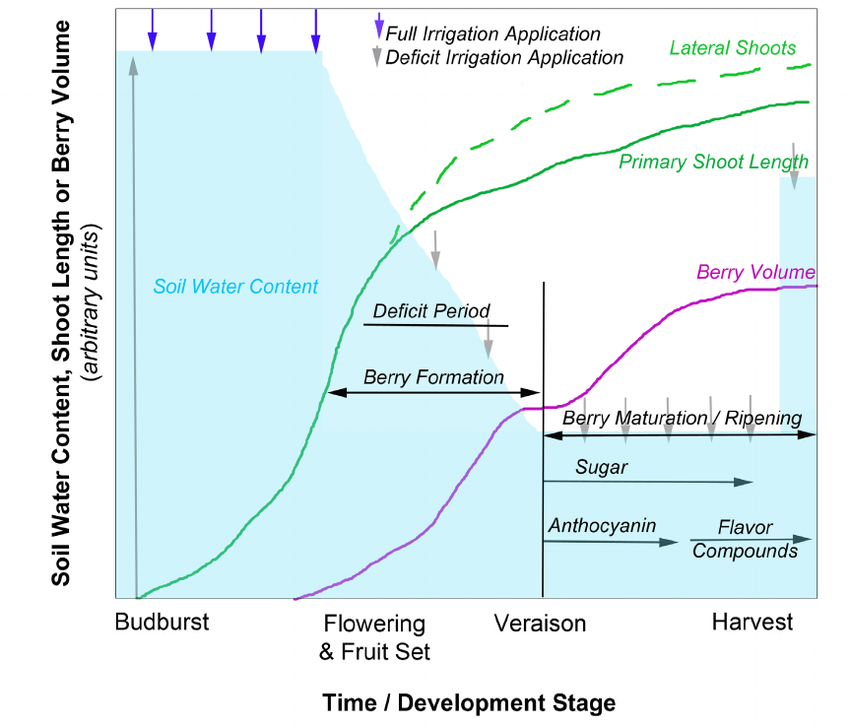
When practicing regulated deficit irrigation, phenological stages of grapevines, soil characteristics with soil’s water holding capacities, as well as roots depth, vine variety, and weather conditions, need to be taken into account. While red grape varieties bear more water stress than white varieties, RDI is generally applied between fruit set and veraison. Although it’s the easiest to practice RDI in the vineyard with a drip irrigation system, it can be done (to some extent) also in vineyards with sprinkler, or flood irrigation system.
3. Record real-time measurements
In order to optimize irrigation in the vineyard, you want to achieve minimal water loss through runoff, evaporation and cover crop transpiration. This can be easily achieved by first monitoring soil moisture and evapotranspiration and then acting on the bases of those measures. Real-time measurements help acknowledge the vines water needs at any moment while detecting water runoff. Most of the local weather stations provide evapotranspiration data for a particular area, so any winegrower can, with a little bit of calculation, know how much water to apply.
While for knowing when to start irrigating and to avoid water runoff, soil moisture sensors have proven to be very effective in sense of price and accuracy. Decision support systems together with IoT devices that can support the entire irrigation cycle and take into account multiple parameters – such as eVineyard which together with Vinduino sensor nodes – can help you save at least 30% of irrigated water in addition to 50% – 60% of working hours used to manage and record irrigation. Precision irrigation technologies not only that help record weather and soil data at any time, but they also enable completely automatically address each vine need in the vineyard.
4. Maximize green water use
Irrigation in the vineyard can be optimized also with increasing green water use with agronomic practices, such as mulching and cover cropping. “Green water” means water that is sourced directly to the vineyard from natural sources, such as rainfall and snow. Good management of this stored water in the soil is crucial to reduce vines irrigation requirements. By applying mulches, water soil availability can be improved through reducing soil evaporation, runoff, and leaching. Several studies show that mulches help retain soil moisture, reduce evaporation and soil penetration resistance. Several different mulches exist on the market, some studies show that organic mulches (such as compost-mulch, straw mulch or rice-straw mulch) show better results, in controlling soil water loss and thus improve water use efficiency, compared to plastic mulches, as well as compared to bare soil or mechanical tillage.
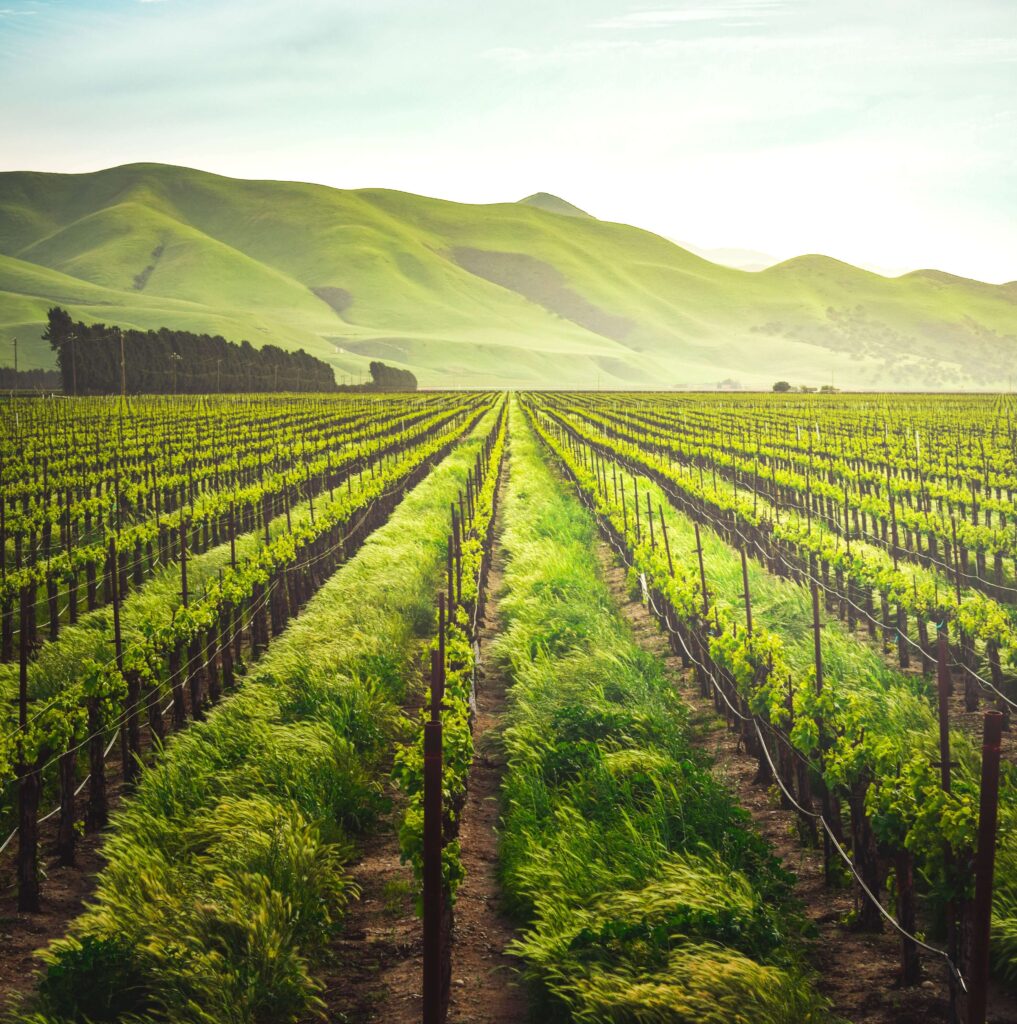
Another option to reduce the risk of water runoff in the vineyard is to make use of cover crops. Cover crops extract excessive water and nutrients from the soil and thus reduce vegetative vigor and improve grape quality, as well as reduce the risk of soil erosion, improve soil fertility and structure. More advantages and disadvantages of using cover crops in the vineyard can be found here. Note that cover crops may not be the best practice to use in more arid areas since cover crops compete with vines for water, especially in summer months. While in off-season positive effects of using cover crops have been shown. For example, a study in a Mediterranean climate showed that several different cover crops helped with vigor control of grapevine by competing for water resources until mid-spring.
Conclusion
Optimizing vineyard irrigation is crucial for sustainable grape production, as well as for lowering the costs of wine production. Winegrowers can make use of several different techniques, or a combination of them. Whatever technique you are about to use, make sure to plan ahead, and during implementation follow and record vines status and reactions, and if need, re-adjust the irrigation. At the end of the season, record grape quality and then in the dormant season check data and see where you could improve in the year to come. It’s all about testing what works best for your vines and improving over time. You may record your observations, and correlate them with the sensor data, in eVineyard – give it a try today.
If you have any other tip on how to optimize vineyard irrigation, write it down in the comment below.
Sources:
- Irrigation. An introduction to Regulated Deficit Irrigation. AWRI ©2010. RTP 0037.
- R.L. Wample and R. Smithyman. Regulated deficit irrigation as a water management strategy in Vitis vinifera production. FAO (online).
- Chai, Q., Gan, Y., Zhao, C. et al. 2015. Regulated deficit irrigation for crop production under drought stress. A review. Agron. Sustain. Dev. (2016) 36: 3.
- Optimization of limited water resources in irrigated vineyards, by Tony Proffitt and Mark Gibberd. In 2014 Issue of Wines & Vines (online).
- Medrano, H., Tomás, M., Martorell, S. et al. 2014. Improving water use efficiency of vineyards in semi-arid regions. A review. Agron. Sustain. Dev. (2015) 35: 499.
- Terry L. Prichard. Vineyard Irrigation Systems. UCANR (online).
- Graphic from: Moyer, Michelle & Peters, Robert & Hamman, Rick. (2013). Irrigation Basics for Eastern Washington Vineyards.
- Featured image: Photo by Hari Nandakumar on Unsplash

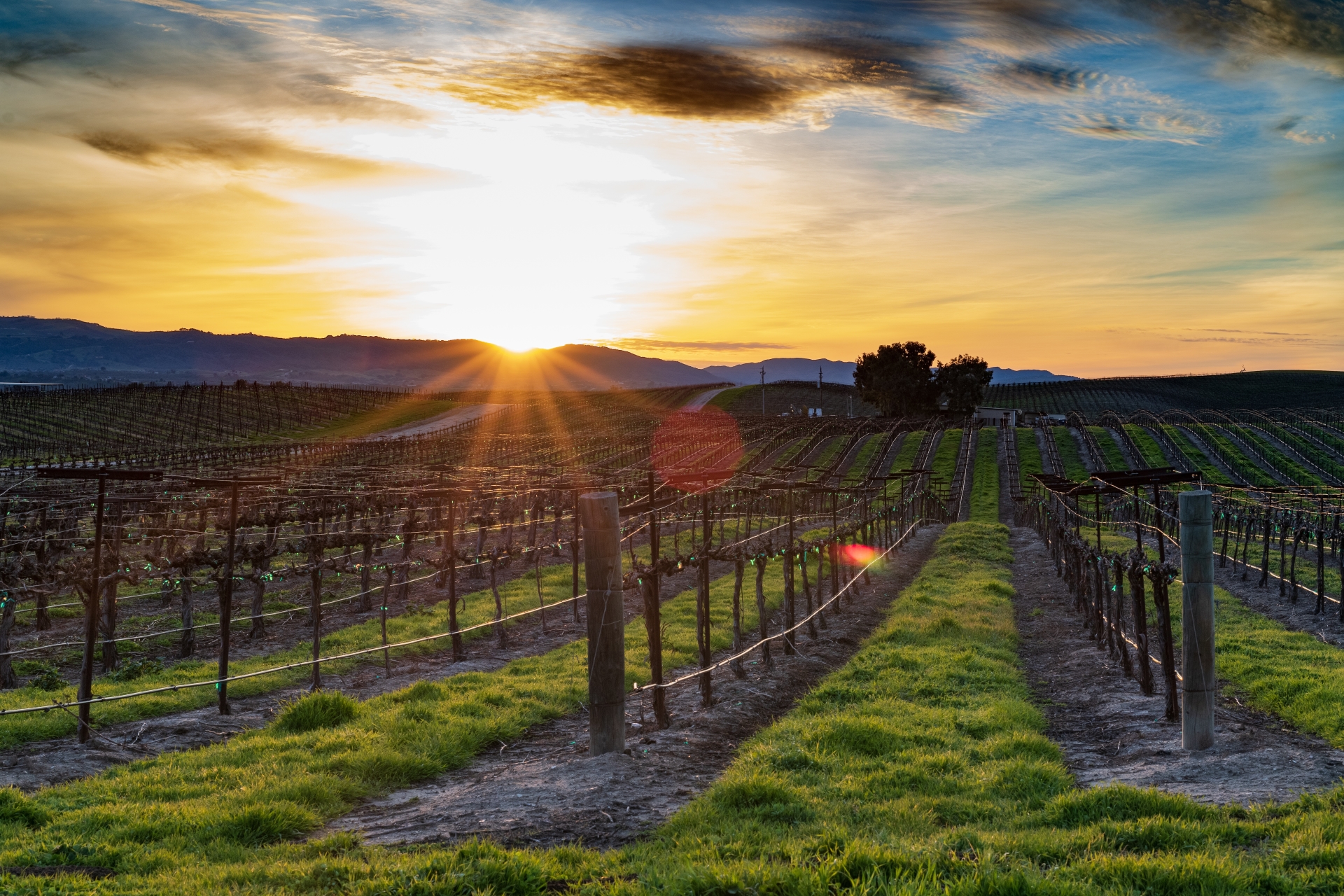
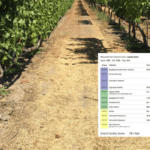

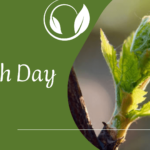
2 responses to “How to optimize vineyard irrigation?”
Great tips for efficient irrigation management. Troubleshooting problems with your system is also crucial: observe the throw of sprinkler heads while they’re running–a long distance can be affected by wind patterns and change the intended coverage of the heads; evaluate the head-to-head spacing to determine gaps or areas of over-watering; check the controllers to ensure the timers are set properly; etc.
Steve, thank you for your comment. Indeed having the “right” irrigation system installed which is working properly, is the key to successful optimization of vineyard irrigation.